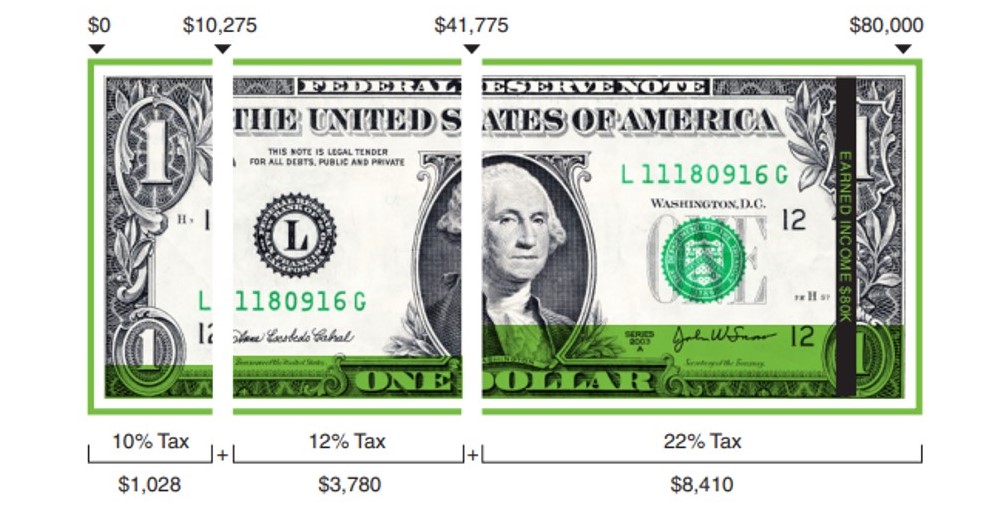What comes to mind when you think about taxes? It’s probably not the blissful feeling of sipping a refreshing drink on the beach. Instead, it’s deadlines, numbers, forms, and an overall annoyance. It doesn’t help that tax rules are constantly updating, making a complex topic even more difficult.
One confusing topic is understanding how tax rates actually work, and specifically the difference between marginal and effective. So let’s breakdown the difference between the two rates.
Overall, the United States uses a progressive, marginal tax system. That simply means higher income is taxed at higher rates. These rates are determined by tax brackets that considers both annual income and filing status (single, married filing jointly, married filing separately, or head of household).
Once you know your tax bracket, you can determine both your marginal and effective tax rates, as well as how much you will ultimately owe the IRS. The differences between the two tax rates are:
Marginal: is the rate you pay on your next dollar of income. In other words, it’s your highest tax rate based on where your income lands in the tax brackets.
Effective: is the calculation of your blended tax rate based on your income through each of the brackets.
Your effective rate is always going to be lower than your marginal rate because your income is taxed at lower rates first, before making its way up to the higher rates, and eventually, your highest rate (aka. your marginal rate).
We can help
While taxes are inevitable, they can also be confusing and complicated to navigate. Ensure you’re maximizing your wealth by partnering with an advisor who can help you reduce your tax bill. Request a tax planning consultation to review your plan, uncover tax savings opportunities, and ensure you’re not leaving money on the table.
Connect with usHow Tax Brackets and Rates Really Work
The following is an example and breakdown based on the scenario that you are a single filer and earn $80,000 per year.
Myth: A common misconception is that you would simply assume you owe 22% of your $80,000 in earnings, which calculates to $17,600.
Fact: Your earnings are actually taxed in smaller chunks, as shown below. In reality, your effective tax rate is 16.5%, or only $13,218.

For illustrative purposes only.
Now that you know the difference between marginal and effective tax rates, you can understand how it affects your yearly tax-filing. Stay updated on taxes and more by subscribing to our financial planning blog.
Enjoying what you're reading? Sign up to have new insights delivered directly to your inbox.


